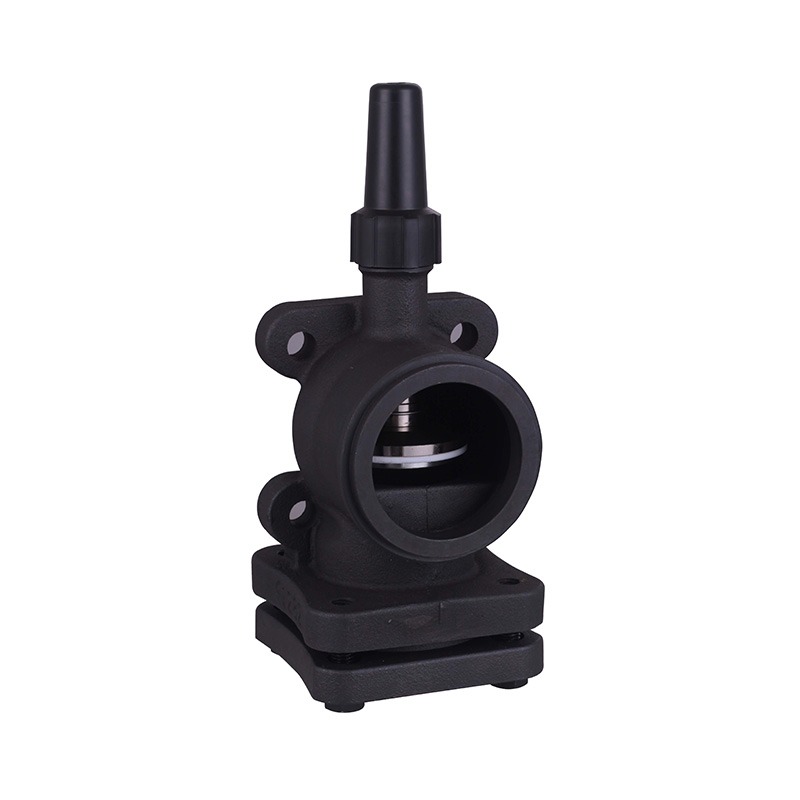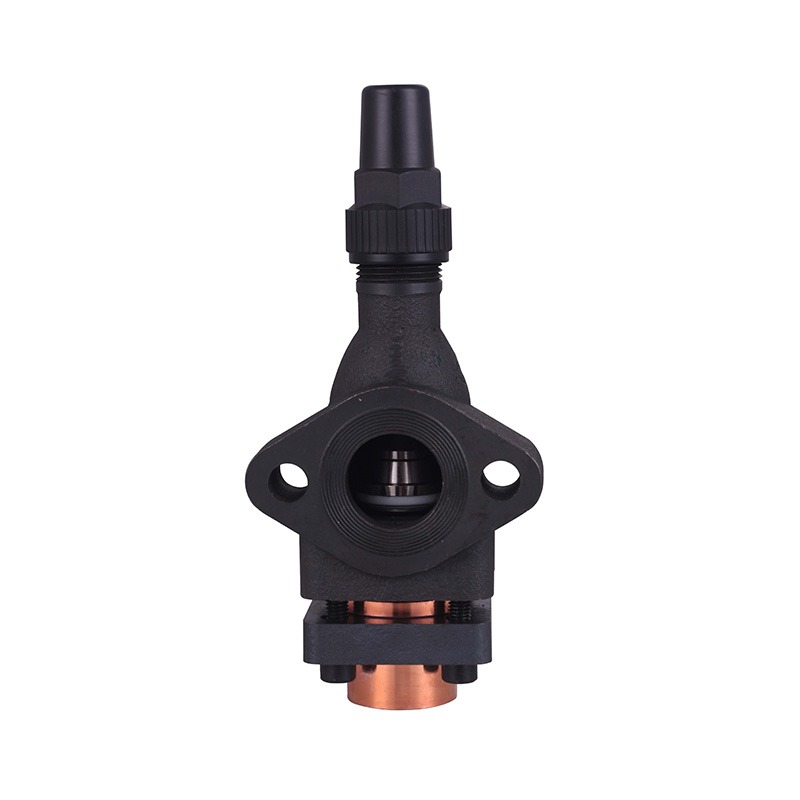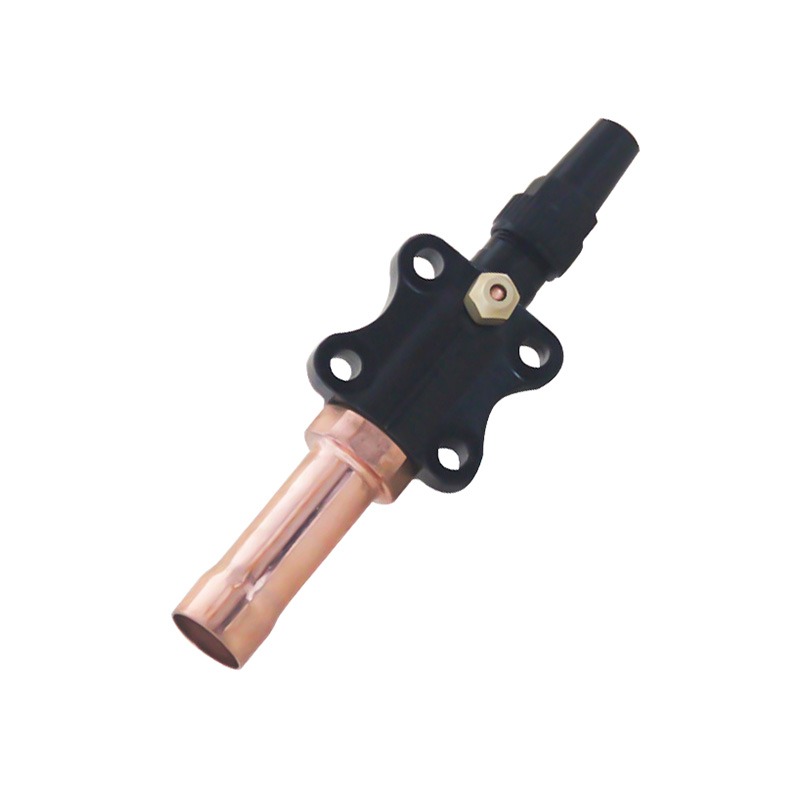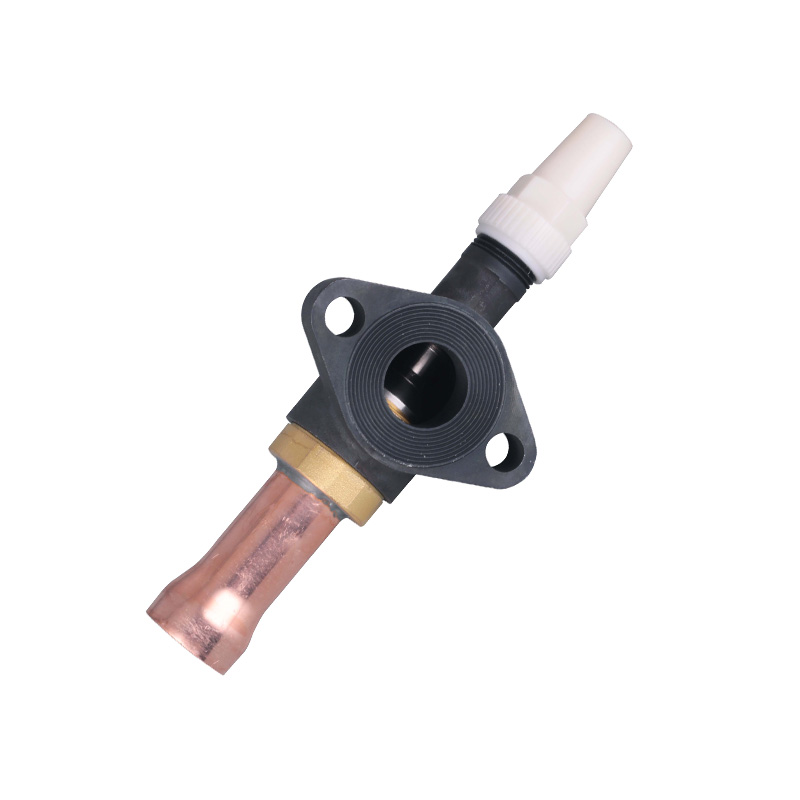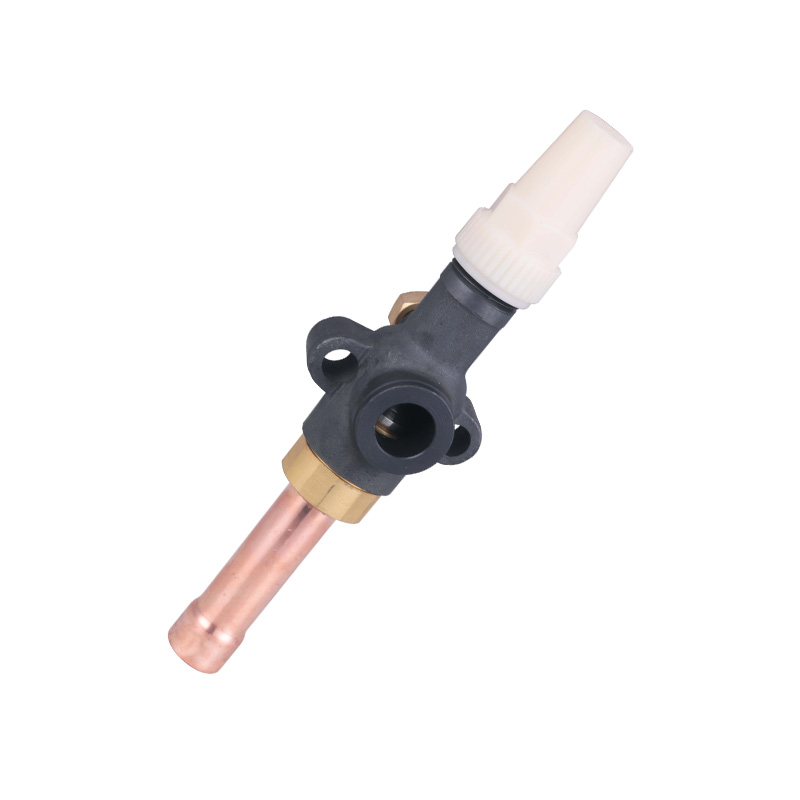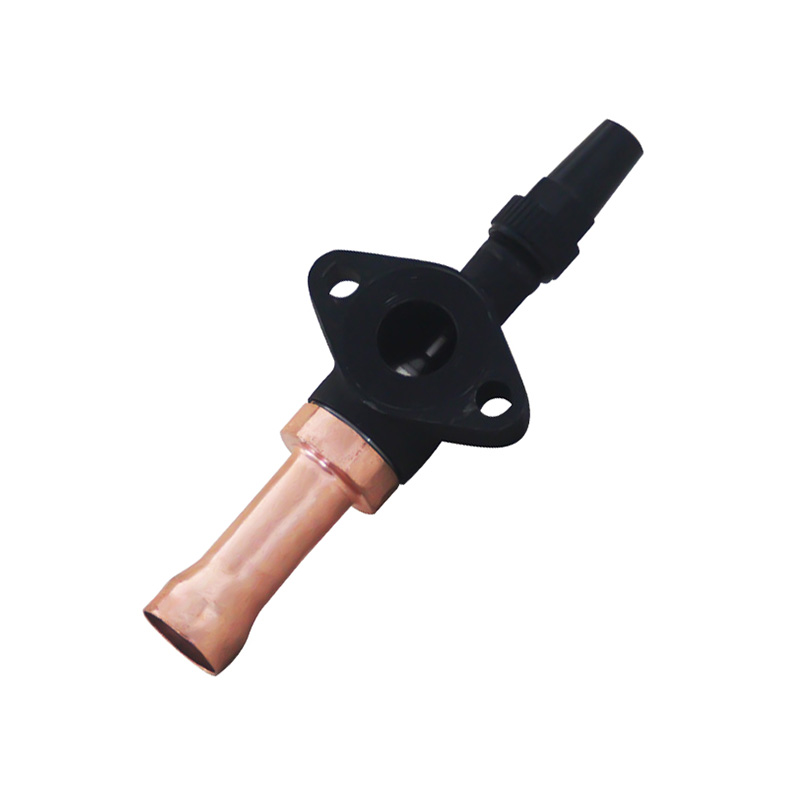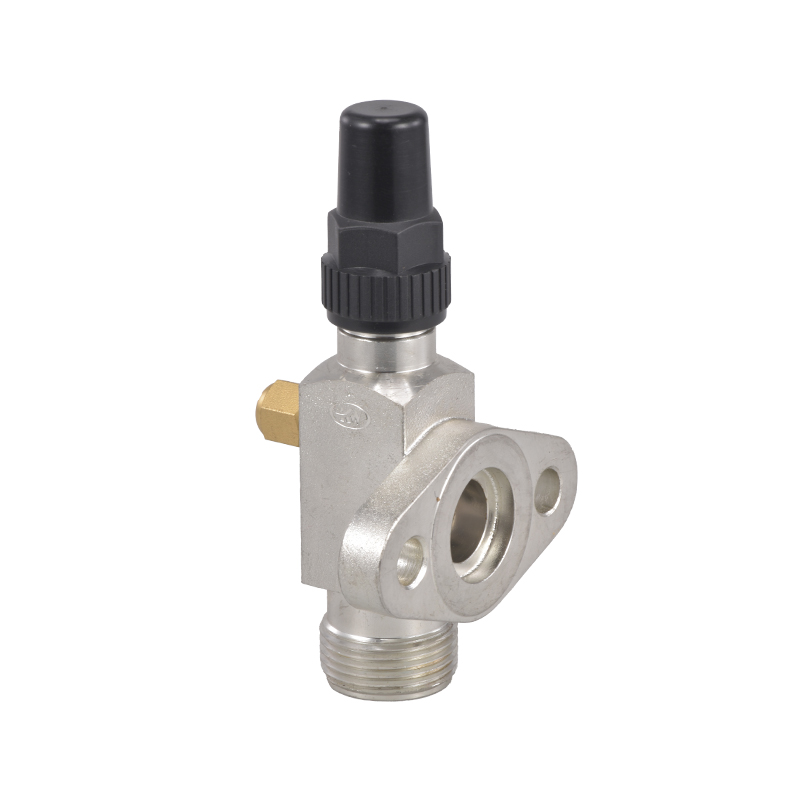How to Install Welded End Ball Valves for Long-Term Reliability?
 By Admin
By Admin
In the industrial landscape, the installation of welded end ball valves plays a crucial role in ensuring the efficiency, safety, and longevity of fluid systems. Clients, particularly those in the chemical, petroleum, and water treatment sectors, prioritize reliability and durability when selecting and installing these critical components.
Understanding the fundamentals of solvent weld valves is step towards successful installation. A solvent weld ball valve utilizes a chemical solvent to fuse plastic pipes and fittings together, creating a seamless, leak-proof connection. This feature is particularly advantageous in applications where pressure integrity and corrosion resistance are paramount. When installing welded end ball valves, it is essential to opt for high-quality solvent weld valves that meet industry standards and specifications tailored to your system's needs.
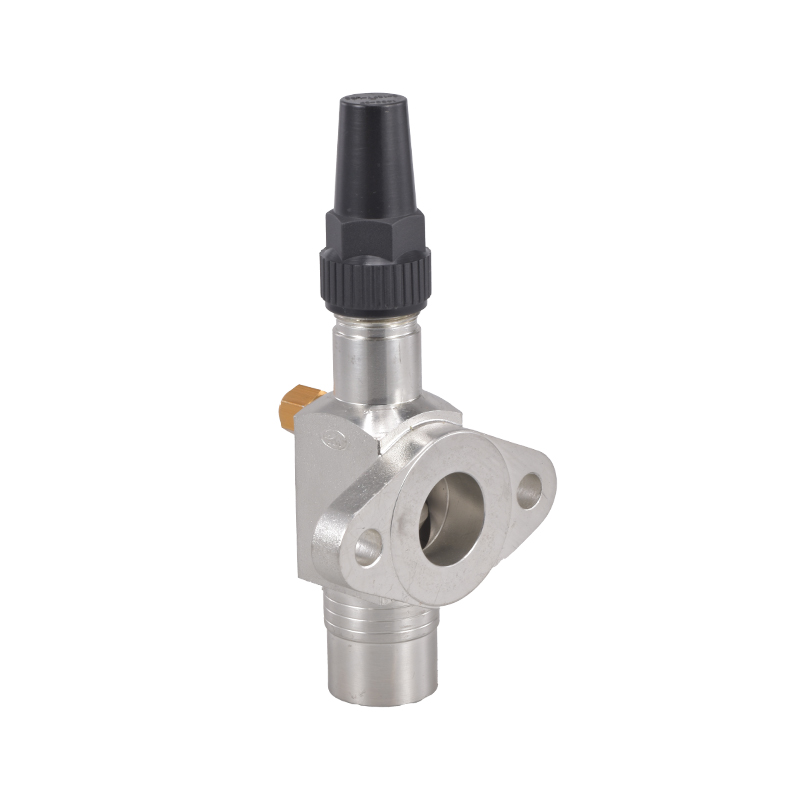
Before initiating the installation process, ensure all necessary materials are on hand, including the solvent weld ball valves, solvent cement, primer (if required), cleaning cloths, and pipe cutters. Proper preparation is key to achieving a reliable installation. The surfaces to be joined must be clean, dry, and free of contaminants. Any debris, moisture, or grease can compromise the solvent weld, causing potential leaks. Therefore, thoroughly clean the pipe ends and valve sockets using a suitable solvent and cloth.
Once the surfaces are prepared, apply a primer (if recommended by the manufacturer) to enhance the adhesion of the solvent cement. This step is critical for ensuring a strong, long-lasting bond. Follow the manufacturer's instructions meticulously when using primers and solvents, as improper application can undermine the entire installation.
Now, it's time to apply the solvent cement to both the pipe end and the valve socket. Use a sufficient amount to ensure complete coverage but avoid excess, which can cause drips and make a mess. Quickly insert the pipe into the valve socket after applying the cement. Twist the pipe slightly to ensure even distribution of the solvent and to promote proper bonding. Hold the assembly in place until the solvent sets, typically within a few seconds to a minute, depending on the type of cement used.
Repeat this process for all welded end ball valves in your system, ensuring consistency and precision at each stage. Pay particular attention to the orientation of the valves, as incorrect installation can impede proper function and flow control. Marking the pipes and valves before assembly can help maintain the correct orientation throughout the installation process.
After installing all solvent weld ball valves, conduct a thorough inspection to verify the integrity of each connection. Look for any signs of misalignment, gaps, or excess solvent. Use a pressure test to check for leaks, ensuring that the system can withstand the operating pressures without compromise. This step is indispensable for guaranteeing long-term reliability and safety.
Regular maintenance is also crucial for extending the lifespan of solvent weld valves. Inspect the valves periodically for signs of wear, corrosion, or damage. Replace worn-out parts promptly and address any issues before they escalate into larger problems. Keeping a detailed maintenance log can help track the condition of each valve and inform future maintenance schedules.
Installing welded end ball valves for long-term reliability necessitates meticulous preparation, precise application of solvent cements, and rigorous inspection protocols. By adhering to practices and utilizing high-quality solvent weld valves, clients can ensure their fluid systems operate efficiently, safely, and cost-effectively. The strategic use of solvent weld ball valves not only enhances system performance but also safeguards against potential leaks and downtime, ultimately contributing to overall operational advanced.




 English
English русский
русский Deutsch
Deutsch
